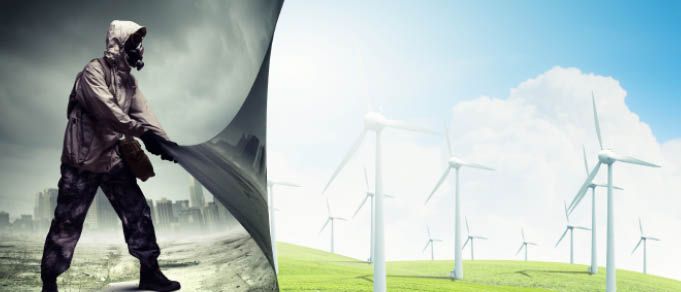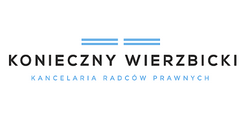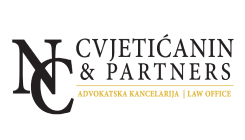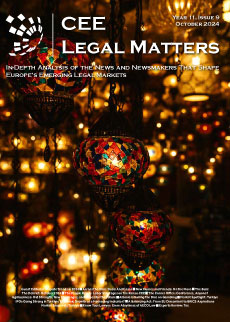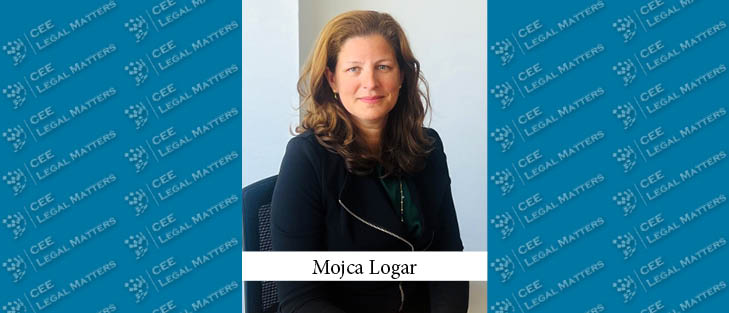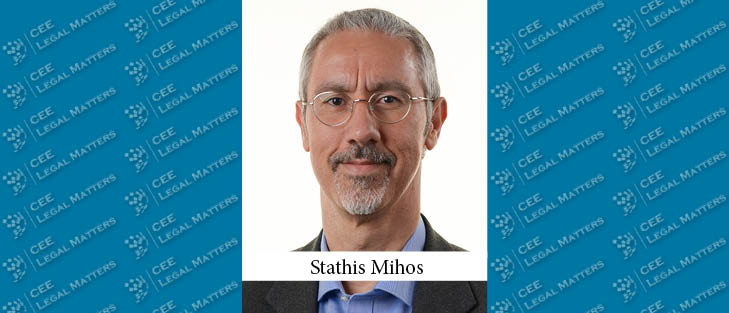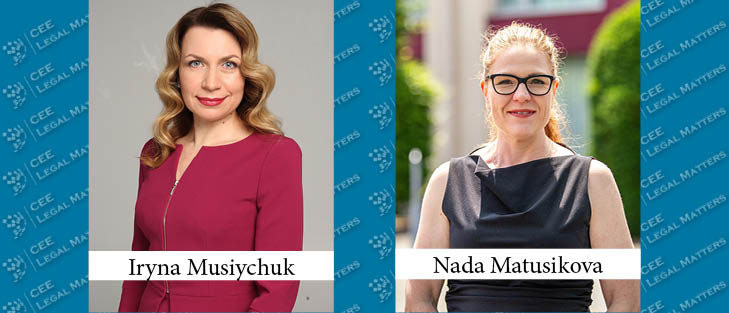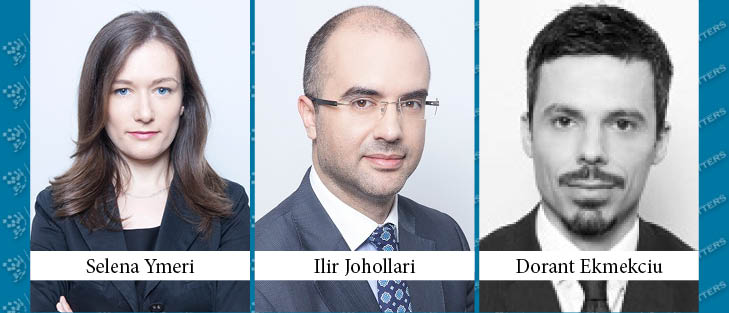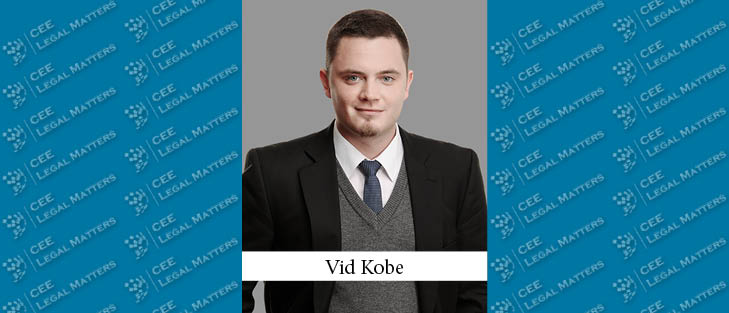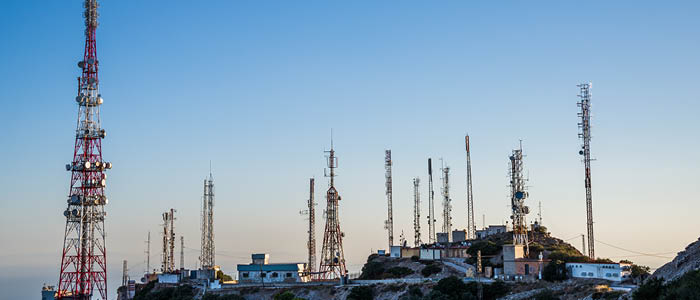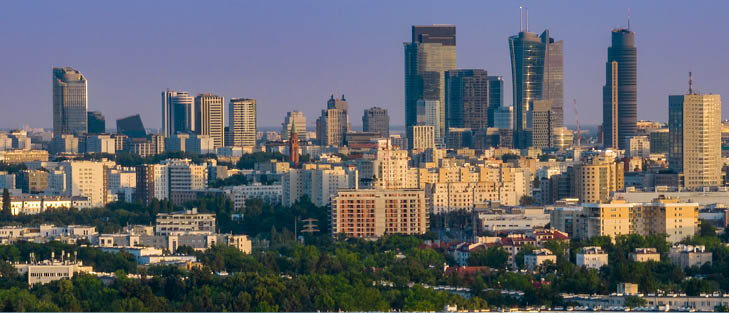As the host of the world’s 17th largest economy and 19th largest population, Turkey’s energy needs are significant – and growing. The country’s energy demand is expected to grow about 5% each year for the immediate future, and the Turkish government has announced its plans to increase the share of renewable sources in the country’s total installed power to 30% by 2023.
To explore the country’s commitment to rapid growth in the renewables sector, we reached out to Schoenherr Partner Levent Celepci for more information.
CEELM: Let’s start by getting a sense of your bona fides. What’s Schoenherr’s experience in the renewable energy field in Turkey?
L.C.: Energy is an area the firm has always been heavily engaged in. In relation to renewable energy, since the first wave of license applications in mid-2000s, the firm has regularly represented developers/sponsors as well as lenders. To date, the firm has represented renewable projects – mostly in operation – for a cumulative installed capacity exceeding 500 MW.
Our cooperation with Metcap Energy is especially notable. Metcap is a true visionary company in the field given their focus on long-term sustainability focus and development of engineering solutions with minimum water consumption. We have been involved in the development and permitting stages of their wind power plants, which have a capacity nearing 200 MW. Briza, one of these projects, which has a capacity of 50 MW, is now successfully in operation under the flag of Erciyas Holding, a national champion in steel pipelines.
We have also had the opportunity and chance to advise Gamesa with respect to certain wind power projects at the development stage. Currently, we are advising Unicredit on financing for a portfolio of hydro power plants.
We take pride in representing players all across the board: developers, project owners, equipment suppliers, and financial institutions. This gives us insight into different perspectives from different seats at the table.
CEELM: What’s the legislative/regulatory environment like for renewable energy in Turkey compared to its neighbors in CEE? Does the Turkish government support renewable energy and provide appropriate incentives to investors in the field?
L.C.: Relatively speaking, Turkey has initiated renewable investments later than most European countries, including those in CEE. What could have been a disadvantage, however, turned out to be an advantage, in the sense that Turkey was able to learn lessons from mistakes made elsewhere. One example of this is the sustainable levels of feed-in tariffs (FITs) adopted in relation to different types of renewable projects (i.e., hydro, solar, wind, geothermal, and biomass).
In addition to FITs, which contributed to the bankability of such projects, the Ministry of Energy and the regulator offer an increasingly wide spectrum of incentives, covering key areas such as support in transmission fees and public land usage rights and fees.
Of course, there are certainly still areas that need improvement, such as the simplification of the permitting regime.
CEELM: Does the government seem inclined to make these improvements? Is it generally supportive of renewable energy and committed to attractive investment in the area?
L.C.: The government is inclined to make those improvements and is generally quite supportive of renewable energy. Since Turkey plans to increase the rate of benefit related to renewable energy resources by 30%, a number of regulations have been put into force in order to offer an incentive for the use of renewable energy resources for both small-scale (below 1MW) and large-scale projects. For instance, the government offers incentives for renewable investments in wind power plants by providing purchasing guarantees.
CEELM: What projects are happening right now, both in terms of recently completed and potential tenders? And are any big tenders expected in 2018?
L.C.: This year saw the realization of two mega tenders, one in solar, and the other one in wind, both under Turkey’s “Renewable Energy Resource Zone” – known by its Turkish acronym: YEKA. These tenders – each a 1-GW project – both generated a high level of interest. Eight consortiums attended the wind-YEKA tenders, all of which included foreign investors from Europe, Asia, and North America teaming up with local energy companies. We are waiting for the second wind and solar YEKA tenders in 2018.
CEELM: Wait. Explain a bit about YEKA. What is that?
L.C.: YEKA projects are large scale renewable projects, and the zones were instituted under the October 2016 Regulation on Renewable Energy Resource Areas, which determines the YEKA areas, allocates connection capacities, establishes tender conditions and the license application process for tender winners, and outlines the procedures regarding the sale of electricity generated in YEKAs. A local component production facility investment is required, as is the establishment of an R&D center.
CEELM: What happened with those tenders you referred to? Which investors were selected? Has construction begun?
L.C.: The winning consortium for the USD 1.2 billion wind project was made up of Siemens and two Turkish companies, Turkerler and Kalyon. The companies will build a wind turbine factory in Turkey with a capacity of at least 150 units of 2.3 MW per year within 21 months after the contract is signed. An overall 1 GW needs to be available in the subsequent 36 months after the license. Berat Albayrak, the Turkish Minister of Energy and Natural Resources, said that the project, of which more than a third will be financed through international sources, will increase Turkey’s wind energy production by 17%.
On the solar energy side, the Turkish-South Korean consortium of Kalyon and the Hanwha Group ended up winning the tender bid, for a project that the Energy and Natural Resources Minister described as a “mega project in energy,” involving a USD 1.3 billion investment. The electricity generated from the 1,000-megawatt power plant will be evaluated over the purchase guarantee price of 6.99 cents per kilowatt-hour offered for 15 years. Moreover, 100 permanent technical personnel will be employed at the R&D center at the power plant. Electricity production from the plant will start within 36 months after the equipment production plant is established.
We are waiting for the second wind and solar YEKA tenders in 2018.
CEELM: What are the requirements for participation in these tenders? Do foreign investors face any obstacles not present for their Turkish counterparts?
L.C.: The YEKA projects are large scale renewable projects, which also require the local component production facility investment and the establishment of an R&D center. A certain percentage of components need to be produced in local production facilities. Foreign investors are encouraged to participate in such tenders in the sense that local energy companies certainly need to team up with international equipment suppliers for the purposes of setting up local production facilities. This is evidenced by the fact that eight of the world’s ten largest equipment suppliers participated in the first wind-YEKA tenders.
CEELM: Is YEKA a mandatory part of the renewable tender process? In other words, are all renewable projects in Turkey conducted through that process?
L.C.: The government has emphasized that the country will continue to invest in local resources in the regions with low energy supply, and the YEKA model is considered unique in renewable energy, given its requirements for a 65% local production component and the creation of R&D centers.
Not all renewable projects in Turkey are developed under YEKA, but it is an important development platform of large-scale big-ticket projects. For instance, of the current installed power of 850MW that has been commissioned in solar projects so far, almost all of those plants consist of small-scale projects in the private sector.
CEELM: Who are the key lawyers on Schoenherr Turkey’s Renewables Team, and what are their areas of expertise?
L.C.: In respect to financing matters, Burke Serbetci, a senior attorney with over 15 years of experience, coordinated and leads projects. In relation to advising on projects from the development/permitting stage until the operation phase, Murat Kutlug is a permitting expert with ten years of experience and Busra Ozden is a real estate expert with in-depth knowledge of available incentives regarding the use of public lands. Murat, as a member of Schoenherr’s CEE-region Regulatory team, also has great knowledge about the comparative legal environments in various CEE countries.
CEELM: Some CEE countries have, in recent years, begun shrinking or withdrawing the incentives available to renewable investors. Is that true in Turkey as well?
L.C.: Some CEE countries, including Romania and Bulgaria, for example, were offering very generous incentives before 2013, which were simply not sustainable. Subsequently, these countries had to withdraw these incentives, or – in the case of Bulgaria – to try to balance them with high grid access fees, which was a bad surprise for investors. Litigation was the inevitable result, and some investors are still looking for recourse in court today. These projects are mainly financed with long term project financing. For financial institutions, ground rules should be binding for the entire duration of of such loans.
In Turkey’s case, less generous but sustainable FiTs were offered, protecting investors against currency fluctuations – since FiTs are offered in US dollars. Until very recently, the big question for Turkish renewables was “what is going to happen post-2020?” as FiTs are only available for projects reaching commercial operation by that date. Recently, the Energy Minister announced that the 2020 deadline will not be extended. This announcement is significant for two reasons: First, that the window of opportunity under the current framework is only available for a limited period of time, so it is better not to postpone investment decisions; and second, since it is still unclear how the new framework is going to look, now is the time for investors to share their views with policy makers.
CEELM: Turkey’s energy sector has been described as “one of the most attractive investment destinations in the world.” Did the fall-out from the 2016 coup attempt and the resulting State of Emergency in the country cause a slowdown in foreign investment in the sector?
L.C.: The Energy sector is the backbone of all industrial development and production. The most expensive energy is the kind you are not able to supply to your industrial base. Turkey plans to grow on average by 5% over the course of the next three years, and it is expected to grow 6-7% in 2017. In order to achieve these targets, Turkey has to have a reliable energy production base. Investors understand this opportunity and also see the potential beyond 2020. Accordingly, the coup attempt and the difficult geo-strategic environment have had limited impact. The main evidence is the unprecedented interest shown in YEKA tenders by global renewables leaders. This has been a unique success story, with more to follow in 2018.
This Article was originally published in Issue 4.12 of the CEE Legal Matters Magazine. If you would like to receive a hard copy of the magazine, you can subscribe here.

